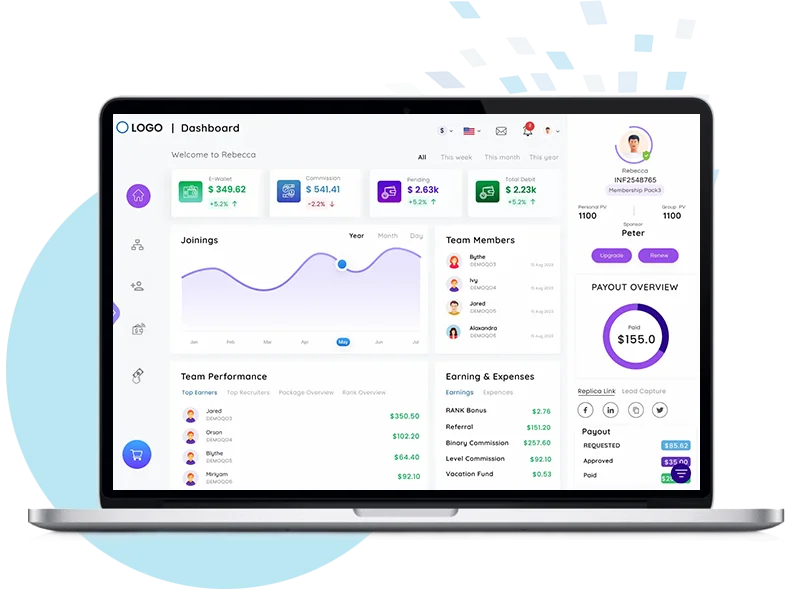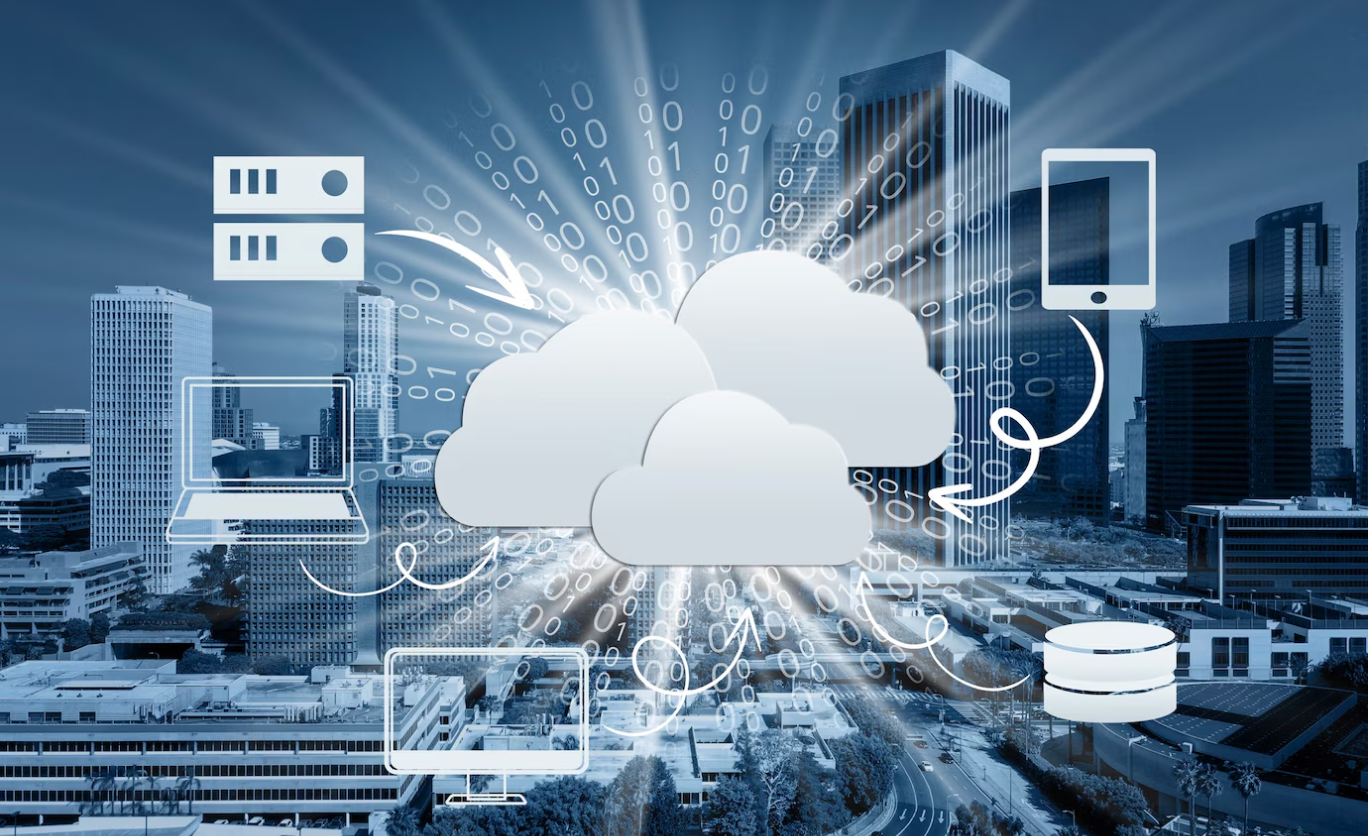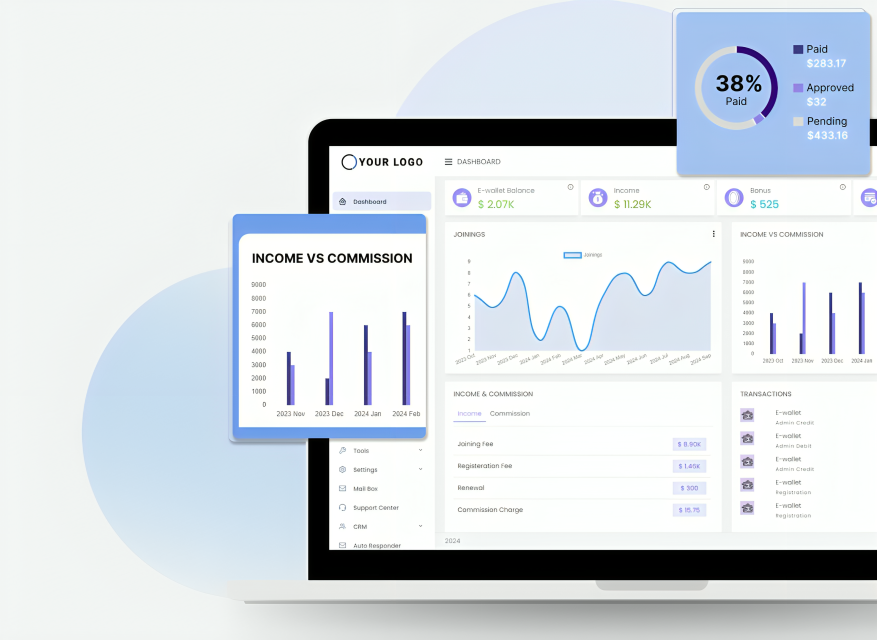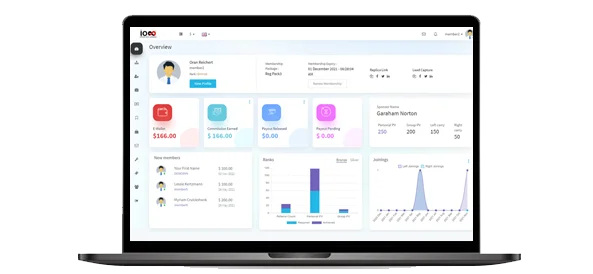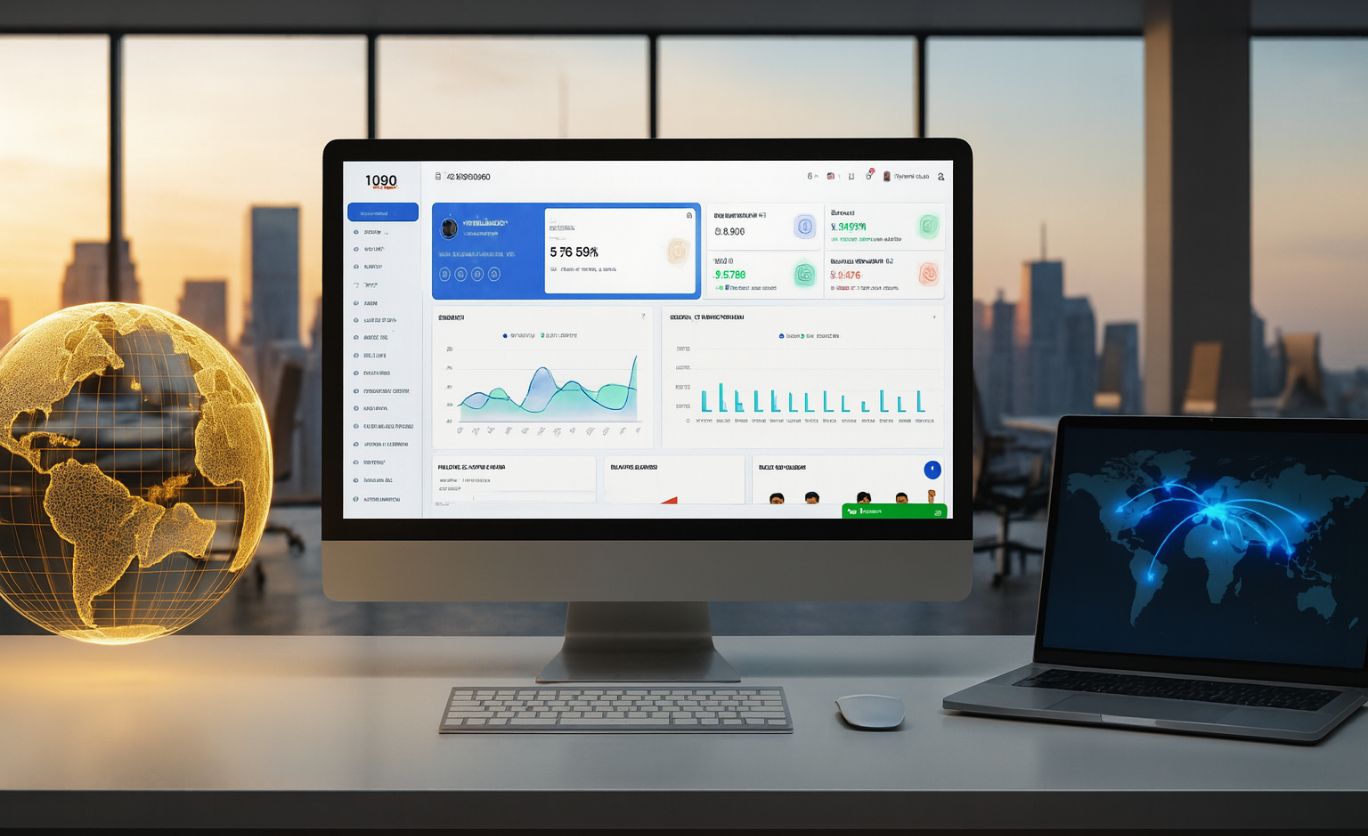When your network grows, your technology must grow with it. Yet many MLM companies still rely on outdated MLM software, slowing operations, fragmenting data, and limiting scalability. MLM software migration is the solution” even smoother. Perhaps: “That’s where a modern, upgrade-ready MLM software platform proves its true value.
MLM software data migration is the structured shift from legacy platforms to modern systems designed for today’s direct selling demands. This guide covers everything you need to know: why migration matters, what data gets transferred, how the process works, and best practices to ensure a smooth move toward a faster, smarter, and more scalable future.
Why Consider MLM Software Migration?
In the multi-level marketing era, software isn’t just a back-office tool, it’s the backbone of your MLM business. Outdated platforms can slow down growth, limit adaptability, and erode distributor confidence. Understanding why migration matters is the first step to making an informed, strategic move.
1. Lack of Scalability
As your network grows, so do your data and transaction volumes. Legacy systems that once worked well may now struggle to handle thousands of members, real-time transactions, and complex compensation structures. These scalability limitations directly affect the performance and reliability of your MLM operations. A modern platform enables you to scale without worrying about slowdowns, errors, or system overload.
2. Performance and Concurrency Issues
Lagging performance, frequent crashes, or long load times are early warning signs of technical fatigue. When multiple distributors perform actions simultaneously such as bonus calculations or genealogy updates older systems often fail to handle concurrent requests. This not only disrupts daily operations but also impacts payout accuracy and user trust.
3. Poor User Experience and Outdated Technology
The distributor dashboard is where business happens. If it’s slow, confusing, or visually outdated, it can affect motivation and retention. Modern MLM platforms prioritize intuitive UX, mobile compatibility, and interactive dashboards features that keep distributors engaged and productive.
4. Integration Challenges and Lack of Innovation
In 2025, businesses rely on integrated ecosystems— CRM, ERP, payment gateways, e-wallets, and analytics tools. Older MLM software often lacks the API flexibility or architecture to support these integrations. This limits automation and increases manual effort, making innovation difficult to sustain.
5. Inadequate Support and Security Risks
Software without strong support or updated security frameworks is a ticking risk. Delayed responses to technical issues and vulnerabilities can lead to data breaches, operational downtime, or compliance violations. Upgrading ensures advanced security protocols and dependable vendor support.
The Strategic Benefits of a Successful Migration
Migrating isn’t just about changing software, it’s about upgrading your business foundation.
- Modernization and Advanced Features: Adopt automation, AI chatbots & analytics, and performance dashboards that accelerate decision-making.
- Improved Efficiency: Simplify back-office workflows and reduce reliance on manual systems.
- Scalability for Global Growth: Handle Multi-currency, Multi-language, and regional variations effortlessly.
- Enhanced Security and Compliance: Meet the latest international standards in data protection.
- Distributor Retention: Offer better tools, faster payouts through automation, and smoother operations that enhance distributor satisfaction.
The MLM Software Migration Process: A 6-Step Framework
Migrating MLM data and systems is not a simple copy-paste task; it requires precision, coordination, and expertise. Whether you’re switching to Infinite MLM Software or another modern solution, a structured migration framework ensures a seamless transition with minimal downtime.
1. Pre-Migration Planning and Business Assessment
The success of migration depends heavily on preparation. Start by defining business objectives, what performance issues need resolution, what features you want to enhance, and how migration aligns with your long-term strategy. Conduct a thorough system audit to identify bottlenecks, outdated modules, and data inconsistencies.
At this stage, collaboration between management, IT teams, and vendors is key. A clear migration roadmap should outline tasks, roles, timelines, and risk management plans. Proper planning minimizes surprises during execution.
2. Data Backup, Validation, and Risk Analysis
Before any data moves, create full backups of your existing system to ensure recovery options if something goes wrong. Validate your data to identify missing records, duplicates, or inconsistencies that could cause errors later.
Risk analysis should cover technical and operational aspects: data loss, downtime, compatibility conflicts, or resource overload. Document contingency measures and set up communication channels to quickly address any issues that arise.
3. Platform Customization and Feature Development
No two MLM companies operate alike. Your migration should reflect your compensation model, commission rules, and workflow preferences. This phase involves replicating existing features or developing new modules customized to your network’s needs.
For instance, integrating tools like automated commission calculators, e-wallets, or AI-based reports enhances the post-migration experience. A well-customized platform ensures that business continuity is preserved while new efficiencies are introduced.
4. Staging Server Migration and Testing
Never migrate directly to production without a staging environment. The staging phase allows you to test data accuracy, software compatibility, and feature functionality in a controlled space.
This involves test migrations, mapping checks, and validation cycles to ensure every data point—from distributor genealogy to transaction history—is transferred correctly. Testing reduces errors during final deployment and ensures a smooth transition for all users.
5. Production Environment Setup and Final Migration
Once testing confirms accuracy, data is migrated to the live environment. Real-time monitoring is crucial to detect anomalies or slowdowns. Plan the final migration during off-peak hours to minimize business disruption.
At this point, all modules—sales, bonus & commissions, genealogy tree, wallets, and reports—should be verified for stability and performance. A post-migration review confirms that the system operates seamlessly and meets all business requirements.
6. User Training, Go-Live Assistance, and Ongoing Support
Even the most advanced system fails without user adoption. Training sessions for employees, administrators, and distributors ensure they can navigate the new interface confidently.
During the go-live phase, real-time support helps resolve queries instantly, ensuring minimal operational interruption. Continuous post-migration support and updates keep your system optimized for performance and security.
Still unsure if your system is due for an upgrade? Request a Free Consultation with Infinite MLM Experts.
What Critical Data Is Transferred During Migration?
Understanding what data moves during migration is essential to maintain continuity and business logic. MLM systems store complex, interlinked information, each piece vital for accurate operations.
A typical MLM data migration includes:
- Distributor Profiles and KYC Documents: All personal, business, and verification data related to distributors.
- Genealogy/Network Structure: The hierarchical relationship between distributors, their uplines, and downlines.
- E-Wallet Balances and Transaction History: Every wallet balance, commission payout, and transaction record.
- Rank, Bonus, and Reward Configurations: Rank progress, bonus logic, and performance-based rewards.
- Custom Compensation Plan Logic: The formulas, structures, and algorithms behind your MLM plans.
- Reports and Analytics History: Historical insights for performance tracking and compliance audits.
- Login Credentials and Access Rights: Ensures smooth authentication continuity without re-enrollment.
This process demands meticulous attention to data relationships. A single mismatch in genealogy or payout logic can affect entire networks. Partnering with experienced MLM software migration services ensures every element transitions securely and accurately.
10 Best Practices for a Successful Migration (2025 Edition)
A well-executed migration isn’t just technical, it’s procedural discipline. Following these MLM software migration best practices ensures accuracy, stability, and minimal downtime.
1. Start with a Plan
Create a detailed roadmap with scope, responsibilities, and milestones. Define success criteria early to guide every stage.
2. Engage Stakeholders Early
Keep executives, IT teams, and distributors informed. Early involvement ensures transparency and smoother acceptance.
3. Prioritize Data Security and Privacy
Use encryption, access control, and GDPR-compliant frameworks. Data integrity and confidentiality are non-negotiable.
4. Use Automated Tools for Efficiency
Automation reduces human error and accelerates extraction, transformation, and loading (ETL) processes.
5. Conduct Thorough Data Cleansing
Clean data before migration. Remove duplicates, fix inconsistencies, and normalize entries for better reporting accuracy.
6. Perform Incremental Migrations
Transfer data in manageable chunks to minimize risk and simplify troubleshooting.
7. Ensure Comprehensive Testing
Perform unit testing, system testing, and user acceptance testing (UAT) to confirm functional accuracy.
8. Plan for Data Backup and Recovery
Maintain secure backups and clearly documented rollback procedures in case of unexpected errors.
9. Monitor and Validate Post-Migration
Track key metrics such as response time, data accuracy, and server performance after going live.
10. Provide Training and Support
Offer detailed user manuals, tutorials, and technical support to ensure every user adapts confidently to the new platform.
The Human Factor: Managing Change for Your Distributors
Technology shifts can feel daunting, especially for distributors whose income depends on system reliability. Managing human emotions and expectations is as critical as managing data.
Addressing Distributor Concerns
Distributors often worry about losing data, missing commissions, or facing a confusing interface. Clear communication helps build trust. Announce migration timelines, explain benefits, and provide reassurance that data integrity and earnings will remain intact.
Change Management and Training
Effective change management minimizes resistance. Schedule live training sessions, webinars, and video tutorials & FAQs explaining new workflows. Offering demo accounts allows users to familiarize themselves before full deployment. Encourage feedback through surveys or helpdesk channels. Listening to users’ concerns helps identify friction points early, ensuring a smoother rollout.
Go-Live and Post-Migration Support
Once live, ensure real-time assistance. Assign dedicated support teams to resolve login issues, missing records, or navigation difficulties. Post-launch monitoring and quick response channels prevent user frustration and ensure confidence in the new system.
Common Challenges in MLM Software Migration (and How to Solve Them)
Even with solid planning, switching MLM software comes with challenges. Anticipating and addressing them upfront ensures business continuity.
Data Quality Issues:
Poor-quality data; duplicates, errors, or incomplete records, can lead to system inconsistencies post-migration.
The solution: Advanced data profiling and cleansing tools. Validate data at every stage to maintain operational accuracy.
Technical and Compatibility Issues:
Differences in database structures, data types, or architecture can cause mismatches. Conduct multiple pilot tests to detect and correct errors.
The solution: Use professional migration scripts customized to your source and target systems.
Managing Downtime and Business Continuity:
Downtime directly affects productivity and sales. Plan migrations during low-activity hours and communicate downtime schedules in advance.
The solution: Maintain temporary systems for essential tasks until full migration is complete.
By anticipating these challenges, businesses can transition smoothly to a modern, high-performing system that scales effortlessly and enhances user trust.
Conclusion
Migrating your MLM platform is more than a technical shift, it’s a growth strategy. Done right, it enhances performance, scalability, and user satisfaction while securing your business’s future in an increasingly digital marketplace. Treat migration as a strategic investment in modernization, not a maintenance expense. And with a trusted partner like Infinite MLM Software, your transition can be flawless, secure, and future-ready.

